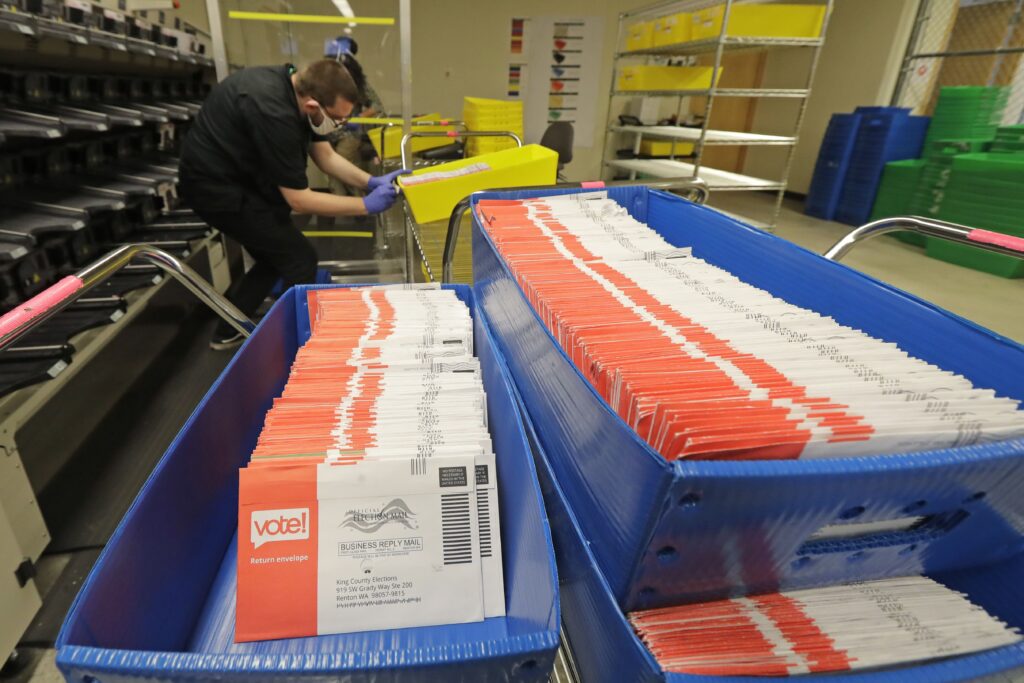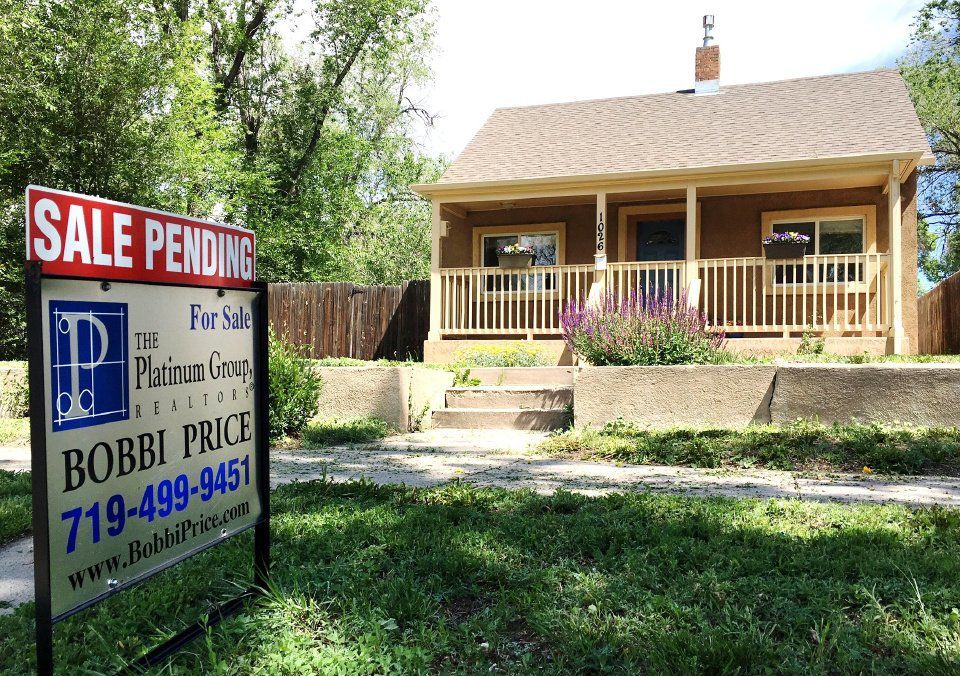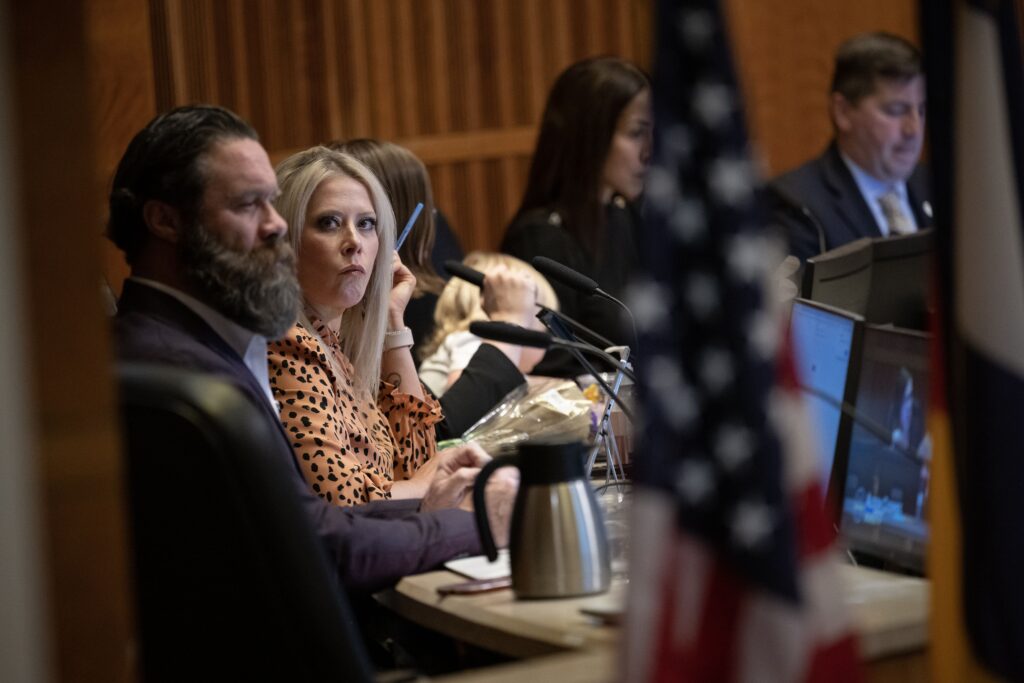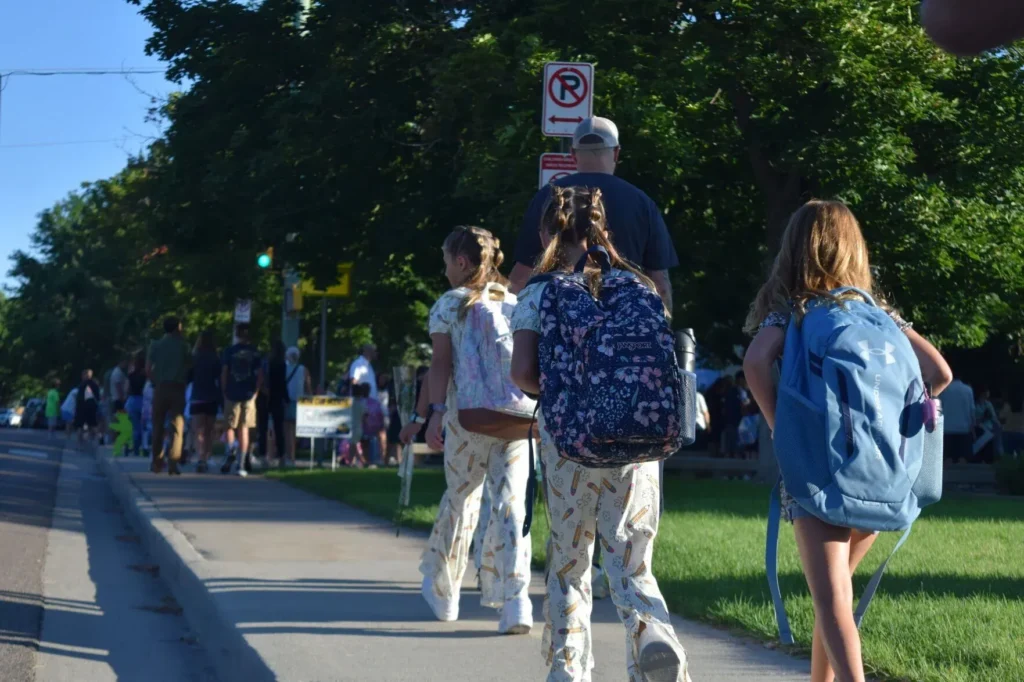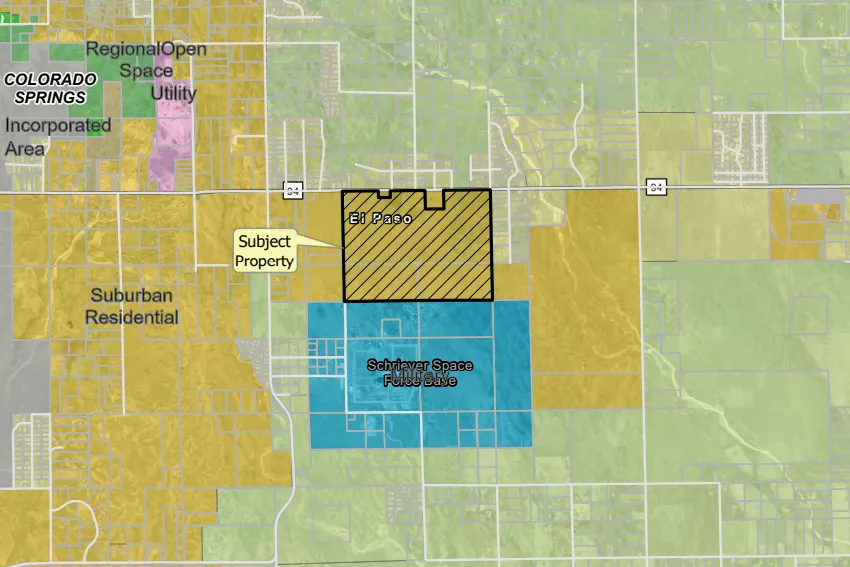Denver’s zoning adjustments sparks discussion over developing ‘carriage’ lots
About every three years, Denver tweaks its zoning code to adapt to changing state laws, rising urban development trends or new city initiatives.
This year, city planners are working to pass a bundle of more than 130 adjustments to Denver’s zoning code, with the intention to simplify it to reduce plan review time and make enforcement easier.
It’s also the first set of zoning tweaks under Mayor Mike Johnston’s administration, which has made reducing permitting times by 30% one of the city’s top priorities for 2024, though the changes may not happen until next year, assuming they passed.
The city’s routine adjustments to its zoning laws typically goes through the legislative process with “little excitement,” said Councilmember Darrell Watson at a Tuesday committee meeting.
This bundle though, Watson explained, has been different.
It’s in large part due to lifting permitting restrictions for “carriage” lots, defined by the city as plots of land surrounded by alleys in the middle of a neighborhood block.
There are 36 carriage lots left in Denver, according to city planners. Most are concentrated in the Highlands and Sloan’s Lake neighborhoods, as well as Park Hill.
These communal lots became popular in northwest Denver neighborhoods for residents to park their horse carriages; hence, its name. These lots later evolved with the technological shift toward automobiles and were allowed to be used for parking cars or building garages.
When Denver’s 2010 zoning code passed, the law expanded its uses to include building accessory dwelling units or a garden. But, only if the owner of the lot lives on the same street block.
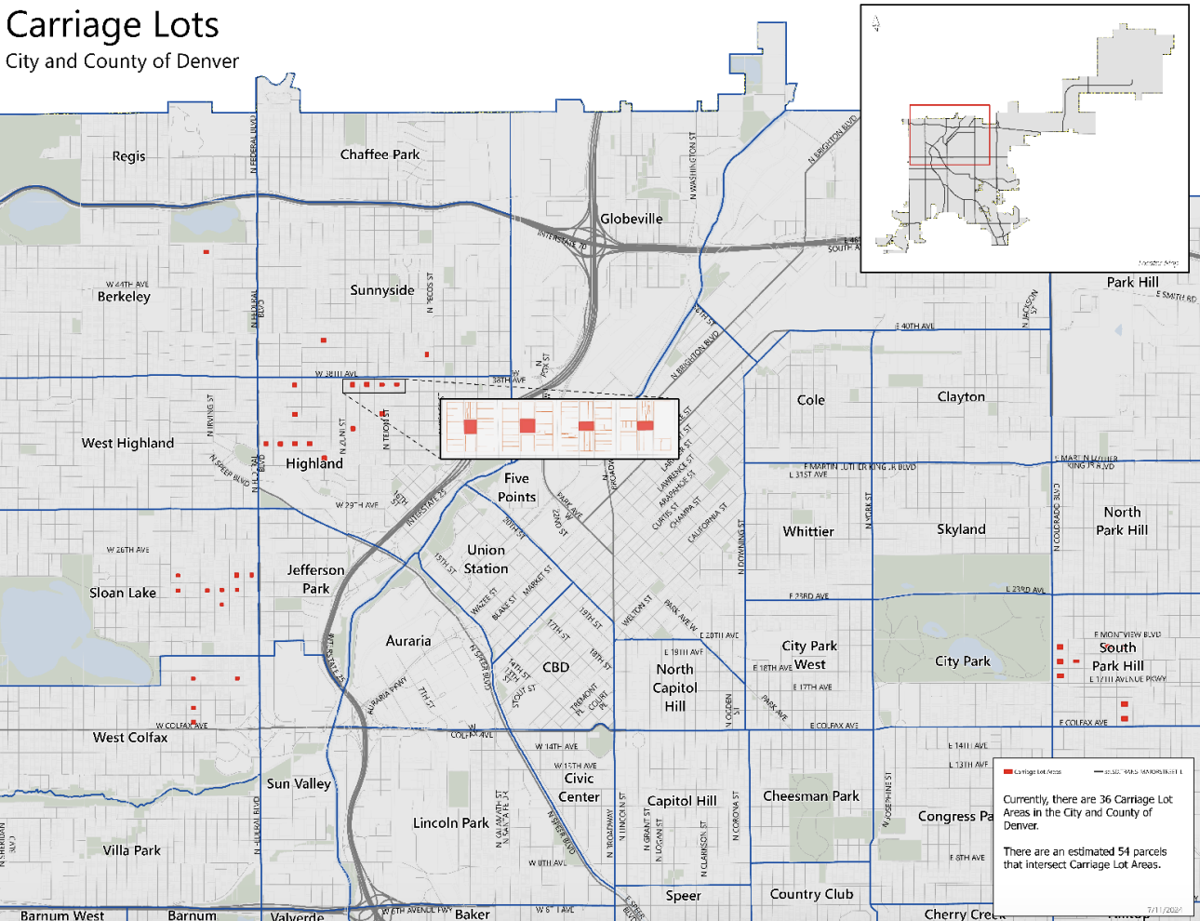
A city planning map of where carriage lots are located in Denver.
City and County of Denver

A city planning map of where carriage lots are located in Denver.
This bundle of zoning tweaks proposes to remove the primary residence requirement needed to obtain a permit, leaving some residents living in those neighborhoods worried.
Some public comments voiced frustrations over increased density in their neighborhoods due to the zoning changes, saying they felt the carriage lot changes were “buried” in the proposed bundle without proper community engagement.
“Carriage lots, as many of us know, are an integral part of many neighborhood’s community and historical character,” Keith Meyer, a Sloan’s Lake resident and member of the registered neighborhood organization Sloan’s Lake Citizens Group, told city planners in an email.
“The proposed amendments would significantly alter their use and function,” Meyer added, “impacting not just the physical landscape but also the community fabric we cherish.”
In a letter, the Sloan’s Lake Citizens Group asked the city to remove the proposed carriage lot change from the bundle to address their concerns in a separate measure, citing issues, such as preserving a unique neighborhood format and potentially losing green space.
So, why are city planners pushing for the change?
“Part of the carriage lot was taking a look at where we were regulating the ‘who’ versus the ‘what’ in our zoning laws as just a general rule of modern day 21st-century zoning,” Denver Zoning Administrator Tina Axelrod told the Land Use, Transportation and Infrastructure Committee during Tuesday’s meeting.
She said it’s a general city policy to be “equitable in the treatment of our regulations and not assume one class of people are better at operating a land use than others.”
City planners argued it’s a bias to assume carriage lot owners who live on the same block would guarantee a better result than an owner living elsewhere.
As for residents’ concerns over how increased density through developing carriage lots could create fire hazards or utility issues, Axelrod said any new development would still have to go through the permitting process. The zoning change doesn’t change what can be built on the lots — only who can file for permits.
“There’s no guarantee that just because you own this parcel of land and you don’t own a house on the outer parts of the block, that you actually are going to be able to build on there,” Axelrod said.
She also said while there are frustrations over lack of community engagement, city planners held a community meeting on the matter in early October and received plenty of public comments since July and that they sought to address residents’ concerns, though more in some neighborhoods than others.
“I do apologize. We kind of left Park Hill off the radar,” Axelrod said. “We were kind of focusing on where it hit hardest and where we were hearing people make their comments.”
Denver Mayor Mike Johnston claims city exceeded goal to reduce permitting time by 30%
Other zoning adjustments include lifting parking minimum requirements for developments in Lower Downtown to match the rest of the downtown, eliminating references to household relationships by blood, marriage, civil union to fit a new state law, and merging together detached garages or accessory structures into a “General Detached Structure” category with its own building form.
They also include proposing a new “minor detached structures” building form for small structures, such as sheds and planters that don’t need a zoning permit. According to city planners, it would simplify documenting the structures and code enforcement.
The Land Use, Transportation & Infrastructure Committee passed the zoning bundle forward Tuesday. It is set to go to City Council for a public hearing on Dec. 16.







